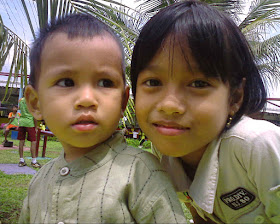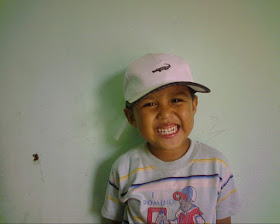Learning respondents included in behavioral psychology,
Ivan Pavlov experiment, called respoden quistioning. In practice, people can learn with the Condition, Oran can learn because habituation. There are things that are natural, and if conditioned also have the same powers as a natural condition. For example a teacher of mathematics, the mathematics taught. Student response, if the math teacher would be fun so the students enjoyed math. Likewise, if the math teacher does not like the lessons taught math also be undesirable.
If a condition is created, then things will become easier. Description of experiments conducted by Ivan Pavlov as follows:
• UCS (Unconditioning SMF) / stimulus that is not conditioned → UCR: not learning / instinct.
• NS (Light) → no response
• CS (conditioning stimulus) (light) + U.S. (Unconditioning Stimulus) → UCR
• CS (light) → CR (salivation): is conditioned
B.F. Skinner
Famous for teaching machine
- Membedaan: natural behavior (innate behavior): the behavior generated by a clear stimulus
- Conduct operasn (pass behavior): behavior Diti
Important general principle:
o Each response is followed by rewards - working as a reinforcement of stimuli - will likely be repeated
o Reward or reinforcement stimuli will increase the speed (rate) the response. Dkl rewards will increase the probability of response.
3 Components of behavior:
- Opportunity incident occurred when the response
- Response subjects
- Consequences
By Skinner stated:
- Stimulus discriminatory SD
- Response
- Stimulus to strengthen
- So the order SD + R + Sren
1. Discriminative stimulus: any stimulus that can be present in which the steady strengthening of the response received. For example pigeon red button set
2. Strengthening primary and skunder
3. Primary = amplifier gain increases its frequency response
4. Strengthening secondary = berkondsi the strengthening of behavior acquired through conditioning or training through its association with primary reinforcement
5. Strengthening generalization perhatiakn eg, approval, affection, praise
6. There is a positive reinforcement or negative. Positive: food, money. Negative: prod the horse to run faster.
Edward Lee Thordike
• Association between the sense of impession and impulse to action is called a connection (connection). Association Pavlove menyebyt
• focused on the aspects of behavior fungsinal
• Learning trial and erros - selectiing and learning by connecting
• Experiment with puzle box: cat
• S → R → positive reinforcement (S = stimulus, R = Response)
• S → R → negative reinforcement
John B. Watson
Experimenting
Treatment
A. see the rabbit, wherever felt scared
B. Rabbit placed 12 feet from him, an acceptable
C. Rabbit placed 4 feet, and put in a cage, can be accepted
D. Rabbit 3 feet, enter the cage, can be accepted
E. The position is very close to the rabbit in a cage, can be accepted
F. Rabbits roam the room
G. Rabbit is brought near to his body
























Posting Komentar